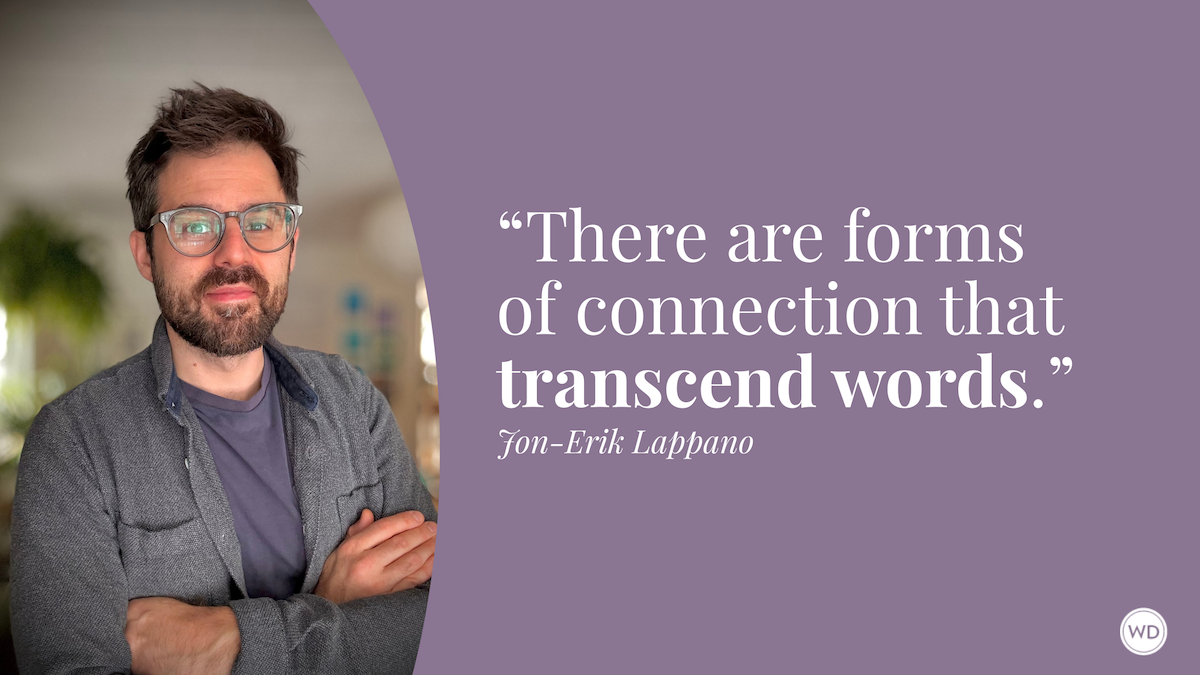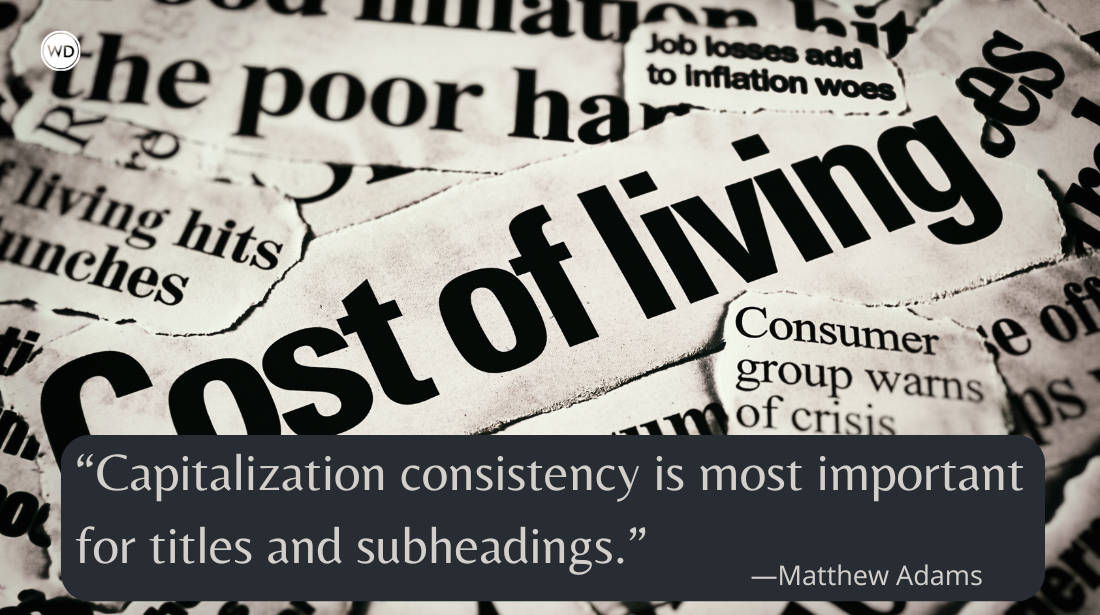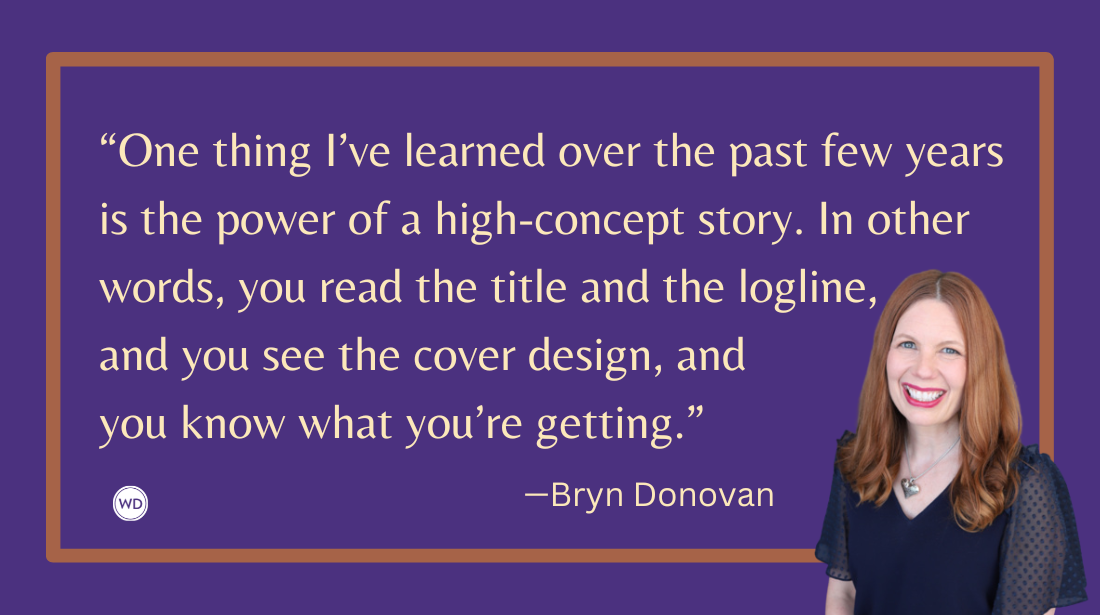Writing Plot Twists: From Courtrooms to 1930s Hollywood
Award-winning author Paul Levine shares how writing plot twists on screen and in books has mirrored the plot twists in his own career.
"There are no second acts in American lives." Or so F. Scott Fitzgerald claimed.
Then again, Frank Sinatra crooned, “I've been a puppet, a pauper, a pirate, a poet, a pawn and a king.”
My life? Think of a planet’s elliptical orbit: sometimes circling close—but not too close—to the sun, sometimes veering off into the cold reaches of space.
The day after I graduated from Penn State in 1969, I tossed everything I owned into my Chevy and drove to Florida to start banging a manual typewriter as a reporter for The Miami Herald. My salary: the princely sum of $150 a week, and I thought I’d found my life’s calling.
When the Herald’s criminal court reporter left for a better-paying gig, I was reassigned to the Justice Building. I’d never seen a trial. I thought Nolo Contendere was a Dean Martin song and habeas corpus was a cousin of Tunisian couscous. (Decades later, I’d write a legal caper titled Habeas Porpoise, but that’s another story.)
I soon got hooked on the high drama of the courtroom. I pivoted, went to law school, began practicing, and the years flew by. I was a partner at a national firm when the head of litigation in Philadelphia called to award me a promotion. I would lead a team of lawyers defending an asbestos manufacturer, a company that spent decades hiding the fact their products kill people.
Another pivot. I resigned my partnership to become a novelist. No salary. No expense account. No power lunches at the Bankers’ Club. Just me, at home in Coral Gables, writing a spec novel about a second-string NFL linebacker turned cynical criminal defense lawyer. I don’t claim that writing about Jake Lassiter, who proudly graduated in the top half of the bottom third of his night school class, is a sacred calling. Lassiter’s motto: “I always assume my clients are guilty. It saves time.” Mostly, I just wanted to entertain. Myself and the reader.
By the late 1990s, seven Lassiter novels were in print, but sales had stalled. My publisher wasn’t cutting me loose, but it wasn’t spending dough to re-ignite my career, either. I pivoted again, writing a standalone thriller. Every publisher in New York passed.
Had I veered off course? If a rocket headed for Mars is a single degree off, it misses by 2.5 million miles. I could see the void opening, the darkness beyond.
Then serendipity stepped in. I’d freelanced a couple scripts for JAG, the CBS military drama. As my literary rocket spun off course, Don Bellisario, the show’s creator, offered me a full-time writing job. I moved to L.A. A year later, we co-created First Monday, a Supreme Court drama starring James Garner and Joe Mantegna. It aired 13 episodes before the gavel came down and the show was cancelled. A bruising hit to my ego. But again: elliptical orbit.
Back to my study. This time in Studio City. I launched Solomon vs. Lord, breezy legal capers with no pretense of creating literature for the ages. Just fun. Network television optioned, killed, and re-optioned the books several times. Still no show.
Then I stumbled across a 1931 photo of Albert Einstein and Charlie Chaplin arriving at a movie premiere in tuxedos. Curiosity hooked me. The two icons were friends. A little research revealed that a fascist militia, backed by Berlin, plotted to assassinate Chaplin and other Hollywood figures and ignite an insurrection against the U.S. government. J. Edgar Hoover’s FBI ignored the threat.
My inner storyteller stirred. Einstein and Chaplin vs. Nazis in America! Fiction set against a true background.
But the two icons couldn’t take on an armed militia alone. Enter Sergeant Georgia Ann Robinson, the LAPD’s first Black female officer—and a real-life hero. Together, the legendary actor, the brilliant scientist, and the trailblazing female cop lead the fight against fascism in 1930s Hollywood.
Then came the research! Historical characters. Real conspiracies. Vintage Los Angeles. Could I pull this off? Jacqueline Winspear, creator of the Maisie Dobbs series, once told me that research is like an iceberg: only 10 percent should show. Sure, Jackie…but what 10 percent?
I dug deep into period detail—clothing, cars, music, menus, streetcar stops: the choreography of daily life in 1930s L.A. Beyond my heroic trio, real figures populate the story: Charles Lindbergh, Joseph and Magda Goebbels, Douglas Fairbanks, German consul Georg Gyssling, and American fascist William Dudley Pelley.
The result is Midnight Burning, the most challenging book I’ve ever written—and the most rewarding. I hope it entertains. But it’s also a reminder: The struggle between freedom and tyranny never ends. And for me? It nudged me back into orbit.
At least until gravity shifts again.
Check out Paul Levine's Midnight Burning here:
(WD uses affiliate links)









